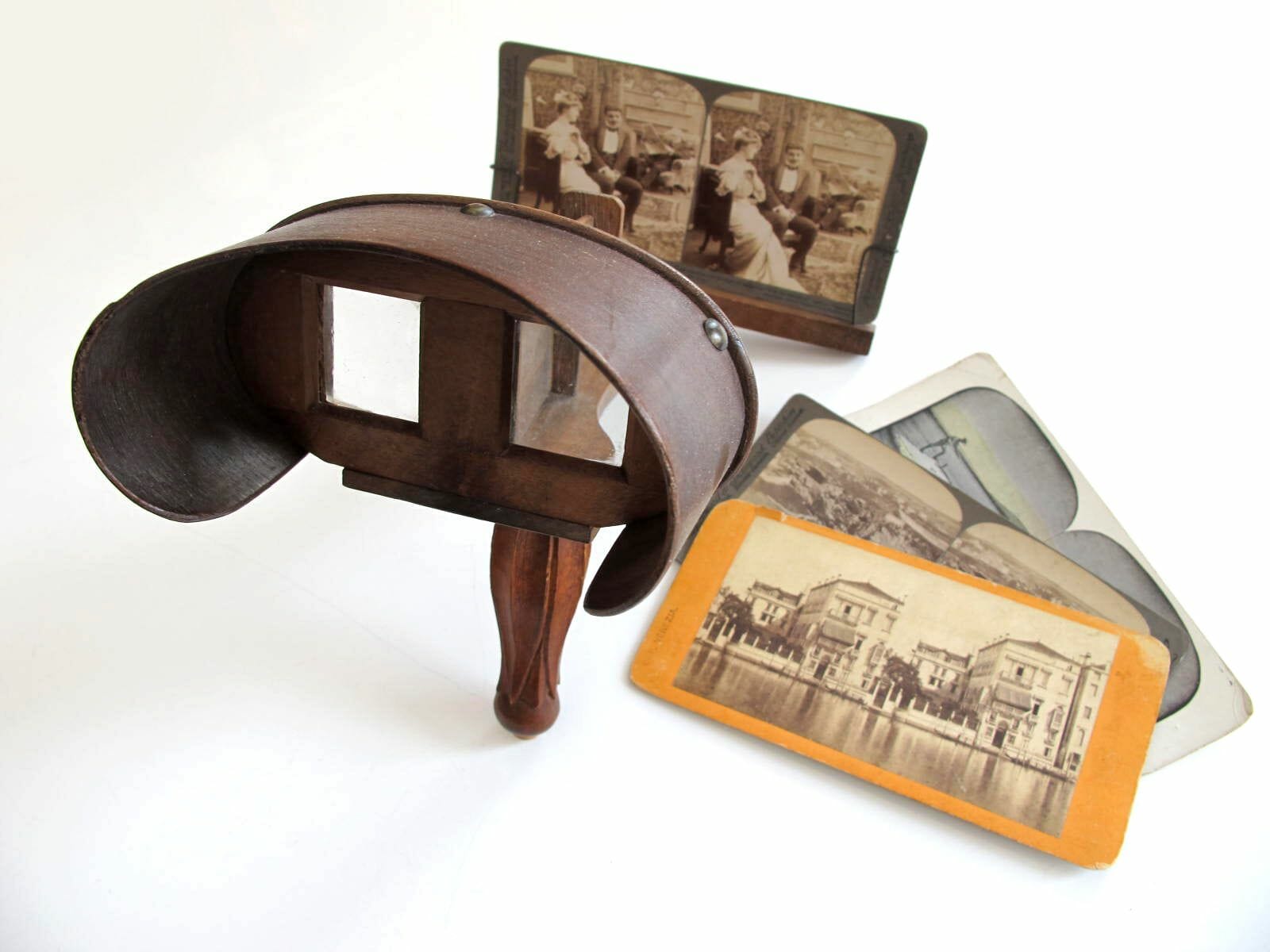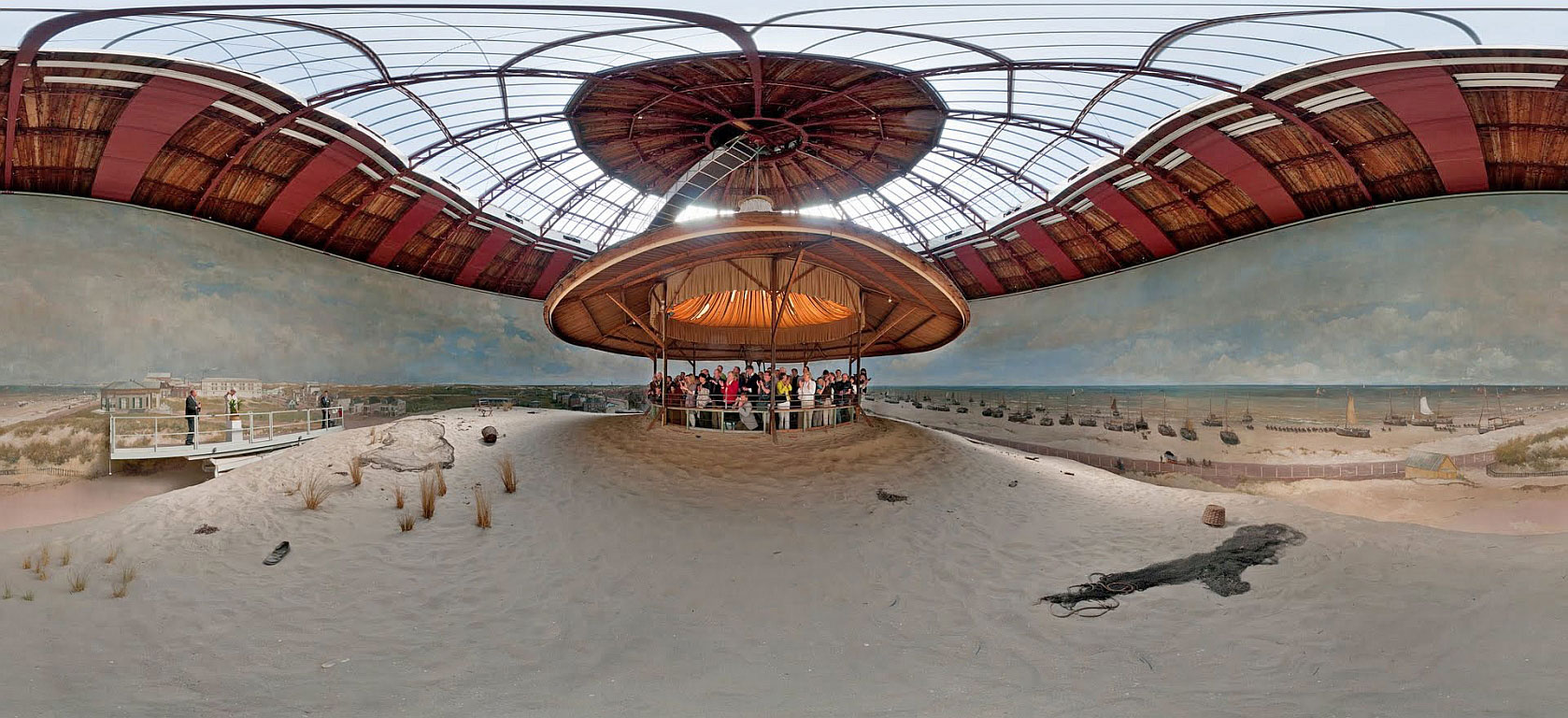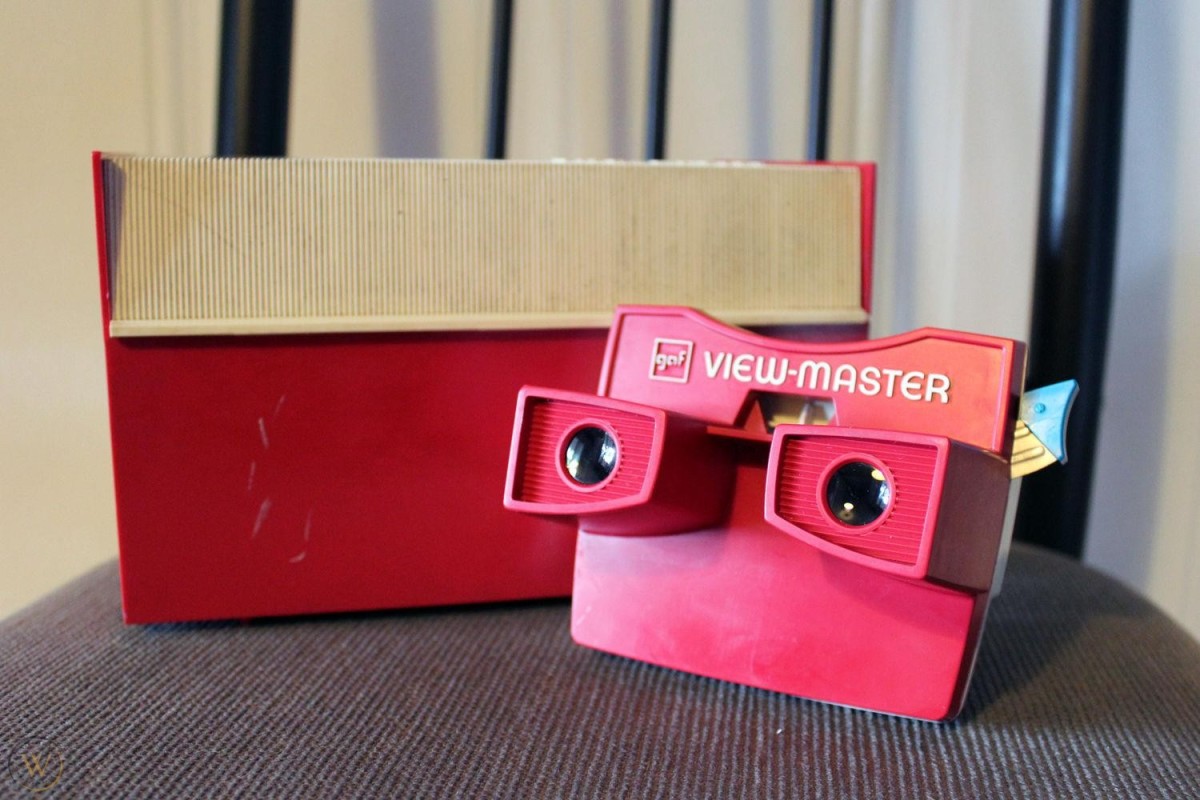The Fascinating History Of Virtual Tours: How It All Started

Virtual tours are an essentialpart of the real estate industry and a way to offer more information about properties to potential buyers. But where did this fantastic innovation come from? Read on for the fascinating history of virtual tours!
What are Virtual Tours?
A virtual tour is a digital recreation of a real-world environment, usually created using 360-degree panoramic images. It can also include additional elements like voiceovers, music, and text annotations. Virtual tours are used for a variety of purposes, including education, real estate, tourism, and event planning.
The first modern virtual tour was created in the early 1990s by NASA to allow people to explore the newly launched Space Shuttle Endeavour. The shuttle’s debut mission was delayed due to bad weather, so NASA decided to create a 3D model of the shuttle that people could explore online. This virtual tour was created using black-and-white photos stitched together to create a 360-degree panorama.
Since then, virtual tours have evolved considerably. They’re now available in full color and high definition, and they can be experienced on a variety of devices, from computers and laptops to smartphones and VR headsets. Virtual tours are also being used in new and innovative ways, such as providing immersive experiences for online shoppers and giving people virtual access to inaccessible locations.
The History of Virtual Tours
Virtual tours began in the late 1800s when panoramic photographs became popular. These photos were taken from high vantage points, using special cameras that allowed for a wide field of view. They were often used to capture landscapes or cityscapes, and were sometimes even stitched together to create 360-degree views.

People would then flock to see these panoramas displayed in purpose-built rotundas. The Panorama Mesdag in The Hague, Netherlands, was the most famous, which featured a 14m-high and 115m-wide panorama painting of the nearby Dutch coastline.
As technology progressed, panoramas became more interactive. In 1851, an Englishman named Robert Barker invented the "Panopticon", a cylindrical room lined with mirrors that allowed visitors to view a panorama painting from all angles.
And in 1881, French artist Charles-Émile Reynaud created the "Praxinoscope".
In the early 1900s, some clever entrepreneurs began using panoramic photos to create "virtual tours" of famous landmarks and tourist destinations. This was done by mounting the photos on rotating disks, so that viewers could see them as if they were standing in the middle of the scene.

It was in the 1950s that virtual tours took off, thanks to the invention of stereoscopic View-Masters.. These devices allowed users to view three-dimensional images, giving them a more realistic sense of depth and scale. Popular destinations like Disneyland and Niagara Falls were among the first to offer View-Master tours.
With the advent of computer technology in the 1980s, virtual tours
Bottom Line
Since then, virtual tours have become increasingly popular and sophisticated. Google Street View launched in 2007, giving users an immersive experience of different locations worldwide. And in 2012, Facebook acquired Oculus Rift, a virtual reality headset company, signaling the potential for virtual reality. Virtual tour technology has come a long way and it is a game-changer for real estate agents, architects, and photographers. With its help, anyone can create a 3D virtual version of a space. We're thrilled to be able to offer this technology to our readers, and we hope it helps you to better market your properties and showcase your work.
Interested in starting a virtual tour? Check out details of elta360 starter kit.